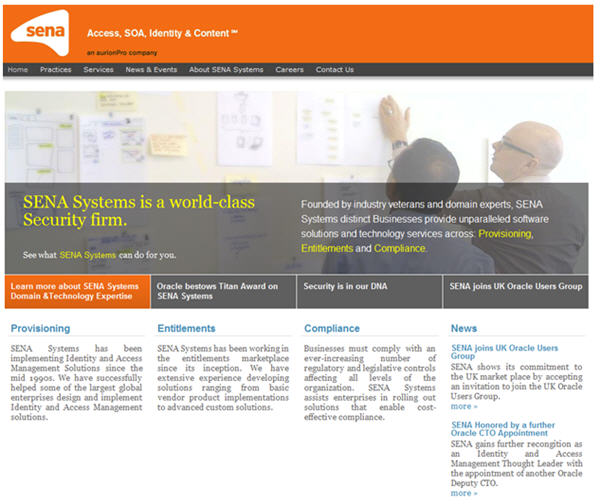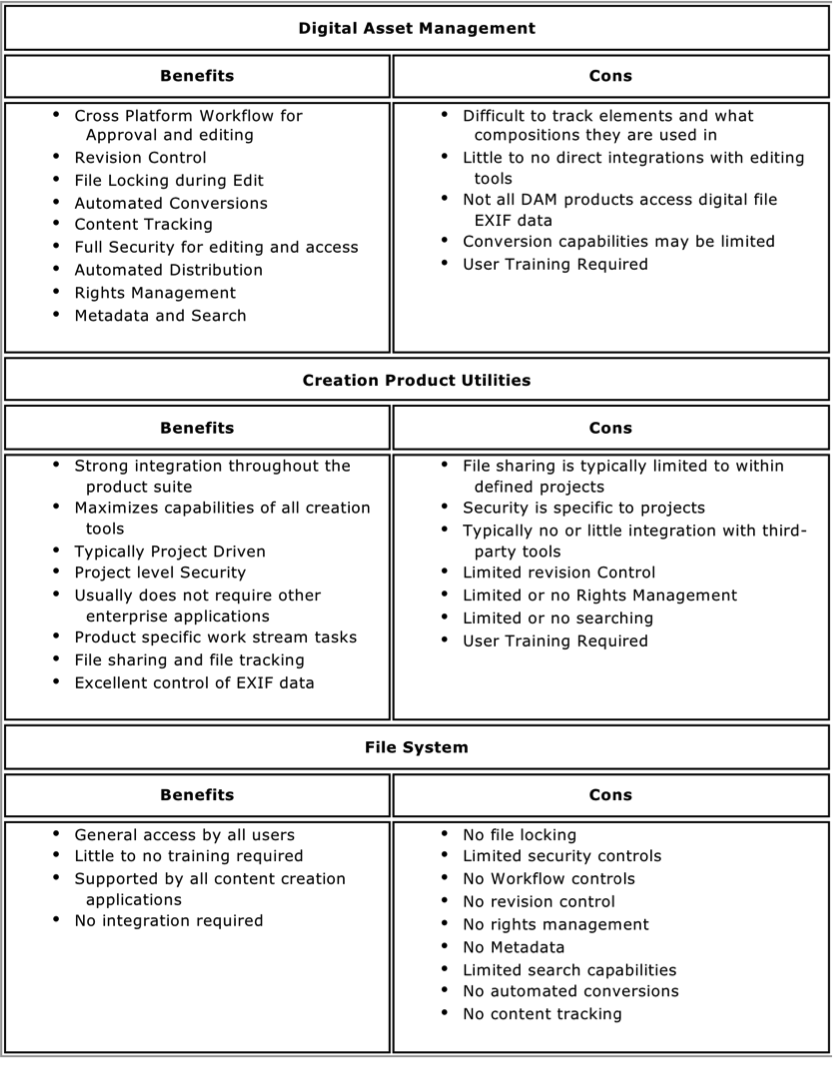Gap Between Creation and Management
Originally posted by Troy Allen on CMSWire on December 14, 2010.
Abstract: This article provides an overview of gaps between creation and management within organizations. Also, will provide suggestions on how to bridge this gap between tools used for creation and management techniques
When people think about creating new digital assets, products like Adobe Photoshop, Adobe Illustrator, Adobe Flash, Avid Media Composer or Sound Forge Pro are the professional’s first choice — depending on the task at hand. Many of these products include a workflow management application which allows users to create projects, share files and apply some level of versioning to the files. Unfortunately however, not all products work together during the creation process.
The Divide Between Asset Creation and Asset Management
Asset elements are often used by many different users in various applications to compose a finished project. Video files are a prime example of this where graphics, copy text, photographs, video files, 3D effects and sound files are created individually in separate applications and then brought together to create a final product.
Corporate videos will usually include files that have been used elsewhere such as in correspondences, websites, print advertisements and internal documentation.
While having the ability to manage files and share assets within a suite of products has improved efficiencies and time to market, there are still gaps when it comes to managing the asset elements and compositions for re-use for future editing.
In the November article on CMSWire,Digital Asset Management – It’s More than Just a Photo Album, I talked about what organizations should be looking for in Digital Asset Management.
DAM, as it stands today, is almost there. Because Digital Asset Management needs to be able to facilitate any media format, it often approaches management from the point of retention and distribution while only giving a slight nod to the creation process.
Creation tools primarily focus on creating the media files, even though they may have some DAM capabilities. As professionals working together within an organization, we need a way to marry the best of both sides of the overall work-stream.
The following is an example of a corporate website which has graphics that have been used for other purposes:

The same graphics from Sena’s website are also used with other publications such as this example banner:

In both of these examples, the corporate logo came is from a company approved pool of images. The graphic of the two men is from an approved set of backgrounds and two unique fonts — Pirulen and JaneAusten — were used in the banner but not in the website.
3 Ways to Manage Assets
Each of these individual elements can be managed within a traditional DAM system, managed locally by a specific user, managed by a creation product’s utilities or simply saved on the file system. With each of these methods, there are inherent benefits and problems:


